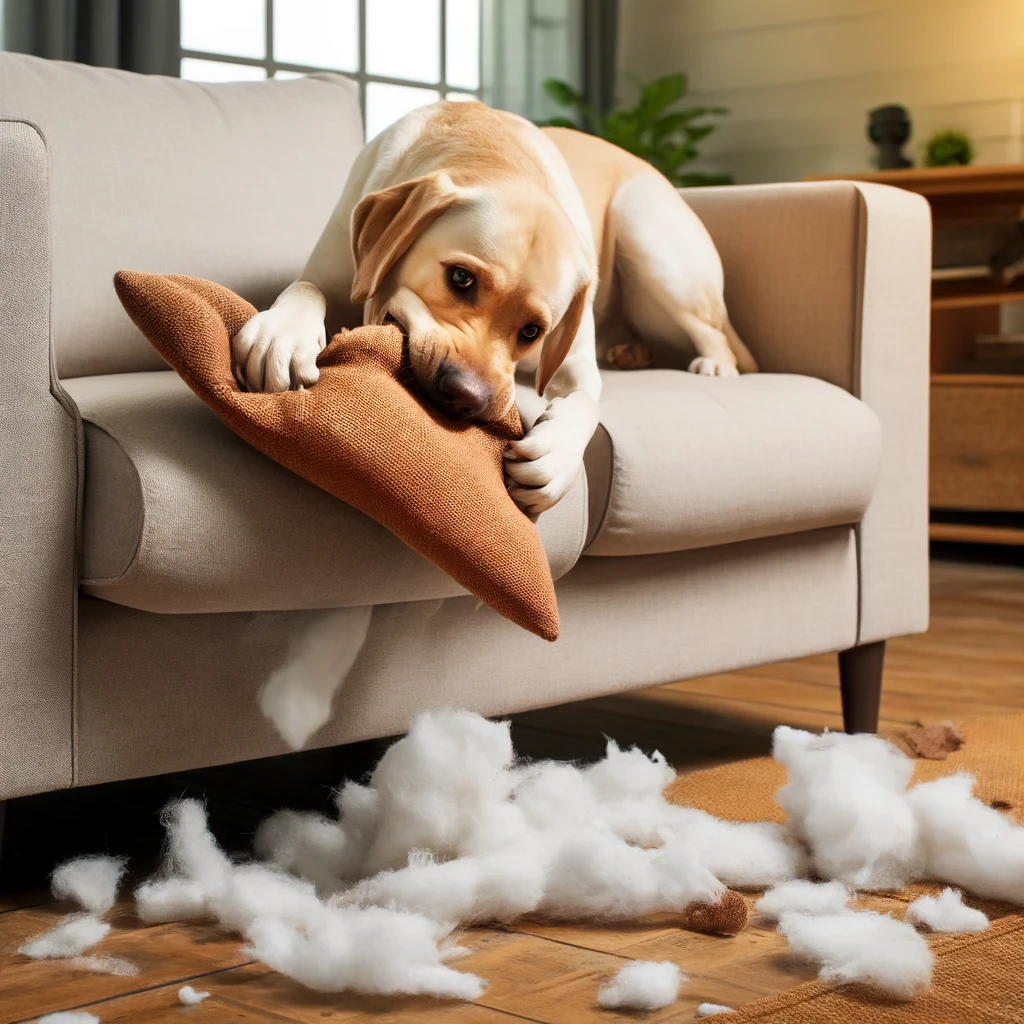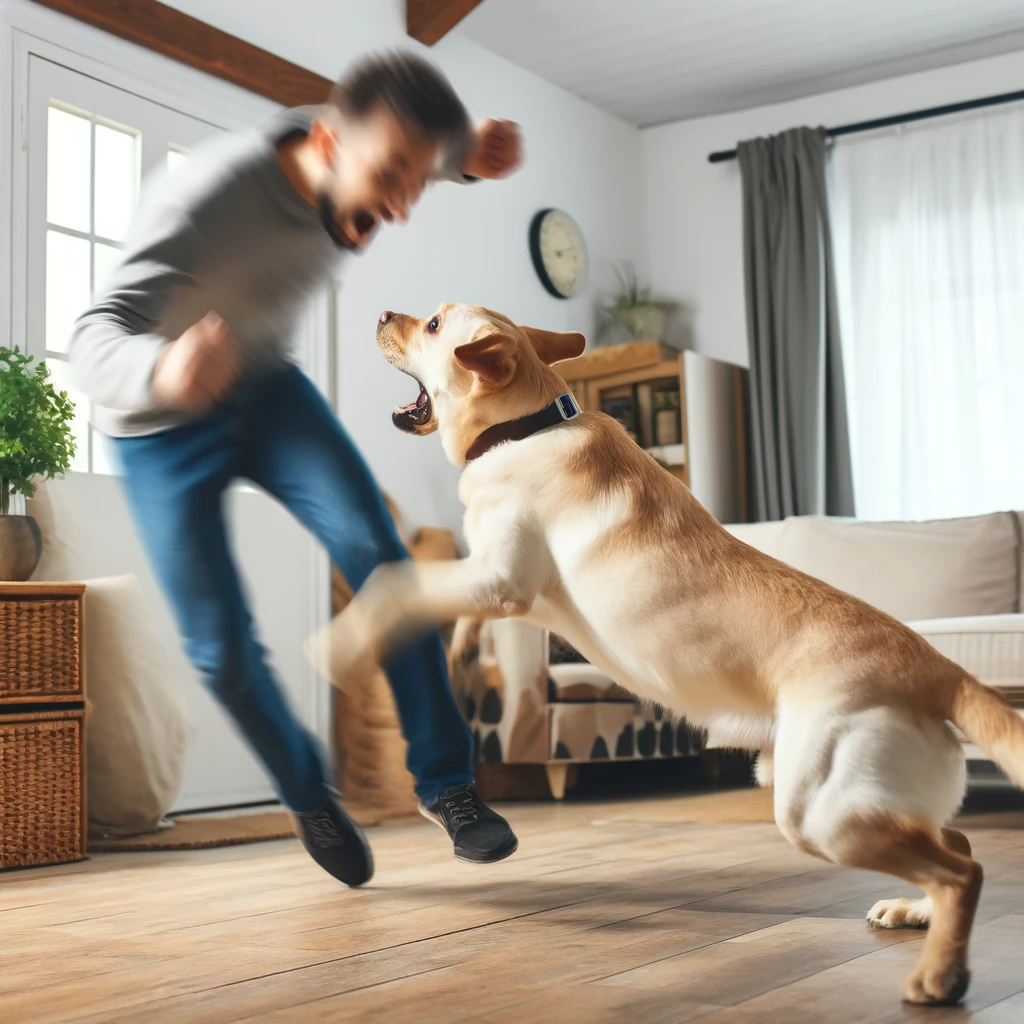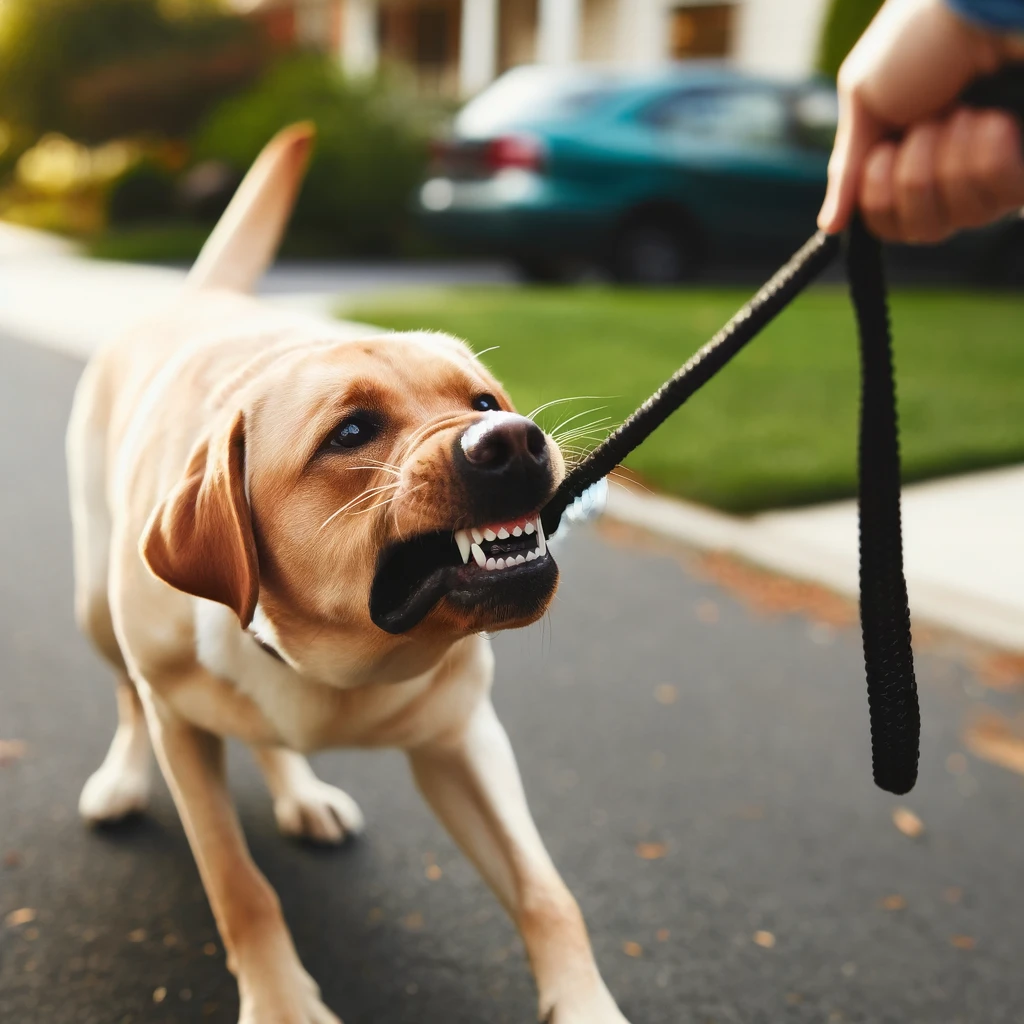Hello, fellow Labrador lovers! Today, we’re diving into a very important topic: ensuring your Labrador gets enough exercise. Labradors are energetic and fun-loving dogs, but without the right amount of physical activity, they can develop health and behavioral issues.
Here, I’ll outline 9 Red Flags That Signal Your Labrador Needs More Exercise.Let’s ensure our furry friends stay happy and healthy!

| Red Flag Indicator | Description | Suggested Action |
|---|---|---|
| 🚩 1. Excessive Weight Gain | Noticeable weight gain; inability to feel ribs easily | Increase daily walks, play sessions, consult a vet |
| 🚩 2. Destructive Behavior | Increased chewing on furniture or digging | Provide more physical and mental stimulation, consider agility training |
| 🚩 3. Restlessness at Night | Difficulty settling down at night, pacing | Add evening walks or playtime before bed |
| 🚩 4. Hyperactivity | Over-the-top excitement, jumping, barking excessively | Increase frequency and duration of physical activities |
| 🚩 5. Pulling on the Leash | Consistent pulling during walks as if rushing | Leash training, longer or more intense walks |
| 🚩 6. Lack of Focus | Difficulty following commands, easily distracted | Engage in activities that require mental and physical exertion |
| 🚩 7. Weight Shifting or Lameness | Sudden disinterest in exercise, visible discomfort when moving | Consult a veterinarian to rule out health issues |
| 🚩 8. Increased Aggression | Uncharacteristic irritability or aggression | Increase exercise, consult a behaviorist if needed |
| 🚩 9. Overeating | Constant hunger, seeking food more than usual | Adjust diet in accordance with increased exercise, consult a vet |
🚩 1. Excessive Weight Gain
Noticing the Pounds?
Labradors love to eat, and without proper exercise, this can lead to weight gain. If you notice your Labrador is looking rounder or your vet comments on their weight, it might be time to step up the exercise regimen. Remember, obesity in dogs can lead to serious health problems.
What’s Healthy?
A healthy Labrador should have a visible waist and you should be able to feel (but not see) their ribs without pressing hard. If this isn’t the case, incorporating more walks or play sessions into their daily routine can help manage their weight.

🚩 2. Destructive Behavior
Chewing and Digging
Is your Labrador chewing on furniture or digging up the garden more than usual? These can be signs of boredom and excess energy. Dogs naturally expend energy through activities, and if they aren’t getting enough exercise, they might turn to destructive behaviors.
Solutions at Hand
Providing more physical activity can significantly reduce these behaviors. Try interactive games like fetch or tug-of-war, and consider agility training to keep their minds and bodies active.

🚩 3. Restlessness at Night
Sleepless in the House
If your Labrador is restless at night, pacing or unable to settle down, it might be because they haven’t burned off their energy during the day. This can disrupt not only their sleep pattern but yours as well.
Evening Walks
Incorporate an evening walk or play session to help them wind down before bedtime. This can make a big difference in helping both of you enjoy a more peaceful night’s sleep.

🚩 4. Hyperactivity
Over the Top?
Does your Labrador seem hyperactive, jumping up on guests or barking excessively? While some excitement is normal, over-the-top hyperactivity often suggests they need more physical exercise.
Calming the Energy
More frequent and longer walks, jogs, or trips to the dog park can help manage their energy levels. A tired dog is typically a calm dog.

🚩 5. Pulling on the Leash
Eager to Go?
If your Labrador pulls constantly on the leash, it could be a sign of under-exercise. They may be trying to rush and do more during your walks because they’re not getting enough physical activity overall.
Training and More Exercise
Consider leash training alongside increasing the length or intensity of your walks. This can help manage their eagerness and teach better walking habits.

🚩 6. Lack of Focus
Attention Span Issues?
A lack of exercise can affect your Labrador’s ability to focus during training or routine tasks. If they seem easily distracted or unable to follow commands they previously knew, it might be because their physical activity needs are not being met.
Boost the Exercise
Upping the exercise can enhance their mental clarity and ability to focus. Activities that require both physical and mental engagement are particularly beneficial.
🚩 7. Weight Shifting or Lameness
Mobility Concerns?
Sometimes, a sudden disinterest in exercise, especially if it’s paired with weight shifting or signs of lameness, can indicate that your Labrador is not just lazy but might be in pain or discomfort.
Vet Check-ups
It’s crucial to consult your veterinarian if you notice any changes in mobility. They can determine whether it’s an exercise issue or something that requires medical attention.

🚩 8. Increased Aggression
Snappy Much?
A lack of exercise can sometimes lead to increased irritability or aggression in dogs. If your normally placid Labrador starts showing signs of aggression, consider whether they’re getting enough physical activity.
Calm Through Activity
More exercise can help reduce aggression by lowering stress levels and providing proper mental stimulation. It’s also a good idea to consult with a dog behaviorist if the aggression persists.
🚩 9. Overeating
Always Hungry?
If your Labrador seems to be constantly hungry, it might not just be their love for food. Lack of exercise can increase their appetite as they seek other ways to fill their time and energy.
Balance Diet and Exercise
Ensure you balance their diet with their exercise. More activity might also mean a slight increase in food—but consult your vet for the best advice.

Conclusion:9 Red Flags That Signal Your Labrador Needs More Exercise
Recognizing these red flags early can make a huge difference in your Labrador’s health and happiness. Regular exercise not only improves their physical health but also their mental well-being. For more detailed guidance, check out resources like the
American Kennel Club’s guidelines on exercise American Kennel Club or consult with your local vet. Let’s keep our furry friends thriving!
